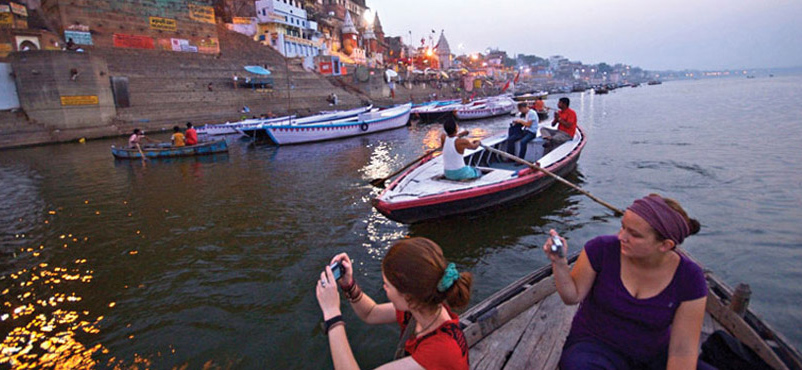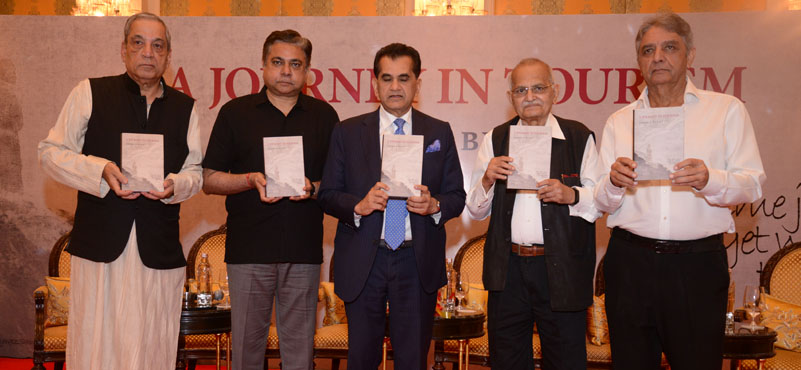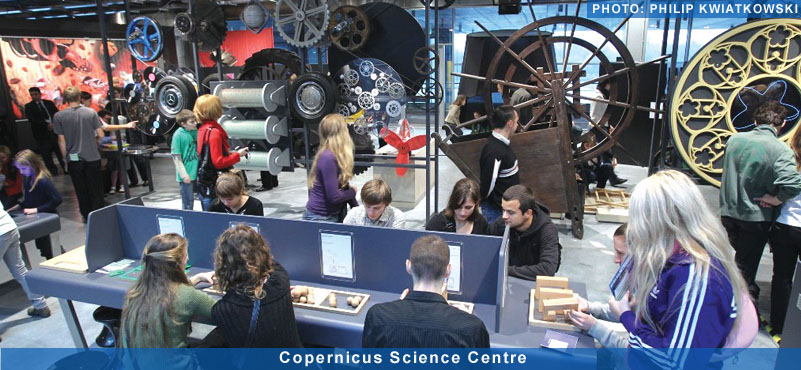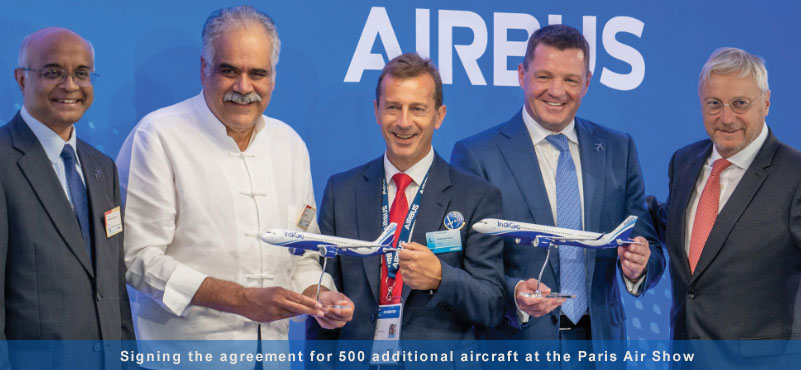WTTC report has revealed some positive trends, indicating that tourism is increasingly contributing to the nation’s GDP. Sunder Advani, VC, WTTCII reflects on emanating trends and the way forward. An exclusive:
India has been ranked third in terms of investment in tourism-related infrastructure, upwards of 41 billion USD while the world average is in the single-digit. Is it a welcome sign?
If you refer to the World Economic Forum Report Travel & Tourism Competitiveness Report 2017, India has improved its rankings and now ranks 40th amongst 136 countries. India ranks high in terms of air transport infrastructure, 39 out of 136, 29 out of 136 in the ground and port infrastructure. In tourist service infrastructure, which is one of the 12 pillars on which a country is benchmarked, in this report, we stand at 110 out of 136. It is rather alarming to see that under indices of tourist services infrastructure, we rank 133 out of 136 in terms of hotel rooms – which is numbers per 100 population – and 76 out of 136 in terms of quality of tourism infrastructure. Travel and tourism investment in 2017 was INR 2,706.1 billion, 6.3 percent of total investment (USD41.6 billion).
Infrastructure is absolutely critical to tourism – roads, seaports, airports, railway stations, midway facilities, proper last-mile connectivity to destinations, lighting and signage, world-class amenities and toilets at monuments etc. Each of these components makes or break a destination.
One of the focus areas of the current government is a huge push in infrastructure. Investments in travel and tourism should rise by 6.7 percent in 2018 and rise by 6.7 percent per annum over the next ten years to 85.2 billion USD in 2028. However, the next and more challenging task is upgrading and expanding India’s busy airports – the metro airports are already clogged, rail system and chaotic road networks. This we expect will take longer and will require careful planning and huge investments from the Government.
Taking a look at the big picture, India is predicted to grow at upwards of 7 percent for the next ten years. What is your take on how this will impact tourism? What is the long-term picture that you envision for Indian tourism?
The WTTC Travel & Tourism Economic Impact 2018 India states that India is currently the seventh largest travel and tourism economy in the world. Overall, the total contribution of the sector to the economy was USD 234 billion in 2017, or 9.4 percent of the economy, once its direct, indirect, and induced benefits are taken into account. The forecast suggests it would more than double to INR 32 trillion (492 billion USD) by 2028.
The Indian travel and tourism sector is huge. As per the report when all the direct, indirect, and induced benefits are taken into account, it contributes to 43 million jobs. It is a driver of economic growth, a creator of jobs and a developer of societies in every state across the country. Globally, India is important. It is forecasted to account for the creation of 10 million new jobs over the next decade. In fact, by 2028, WTTC predicts that India will be the third largest tourism economy in the world.
These are robust statistics, which, need to reflect positively in government of India’s policy-making and prioritizing travel and tourism as a dominant contributor to jobs employment and GDP.
What is the road forward for the industry? Also, what are some key takeaways from the report?
WTTCII hails the government’s decision to abolish traditional paper visas and introduce e-visas for 163 countries and for its ongoing global marketing through the Incredible India programme. This was long due and ground-breaking policy moves which were affecting the domestic tourism industry. We also welcome the government’s sweeping reforms to open-up civil aviation by the Regional Connectivity Scheme (RCS) to join India through 350 unserved and underserved airports and airstrips. Cruise Tourism is another huge potential that the government has realized and has actively considered by introducing new policies.
As India becomes a bigger player in tourism, bolstered by the e-tourist visa on arrival, the new Incredible India 2.0 marketing campaign and a huge push in terms of tourism infrastructure from the government, the hospitality industry needs to offer products and services, which are at par with global rates.
GST/Tax rates prevalent among our Asian neighbors such as are: Thailand (7 percent), Singapore (7 percent), China (10 percent) Malaysia (currently 0 percent GST and moving on to an SST regime) and Vietnam (10 percent) approximately. The rates offered by them make them more value for money and lucrative to foreign tourists, especially foreign travellers, who usually stay or holiday for 14-18 days, at an average, at these destinations. India is losing out to Asian counterparts due to high rates of 28 percent.
28 percent GST on hotel rooms with the tariff of INR 7500 and above needs to be revisited to give India the necessary edge to compete with the likes of China, Thailand, and Malaysia. We need urgent consideration from the government of India on this account and a faster resolution on this matter.




































